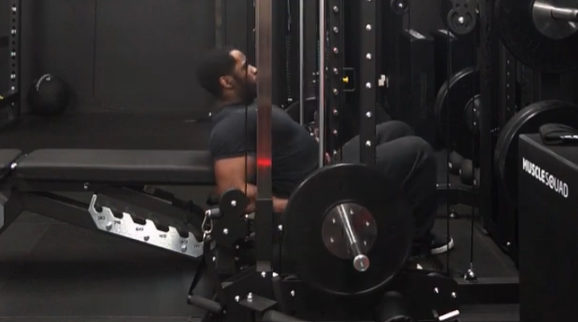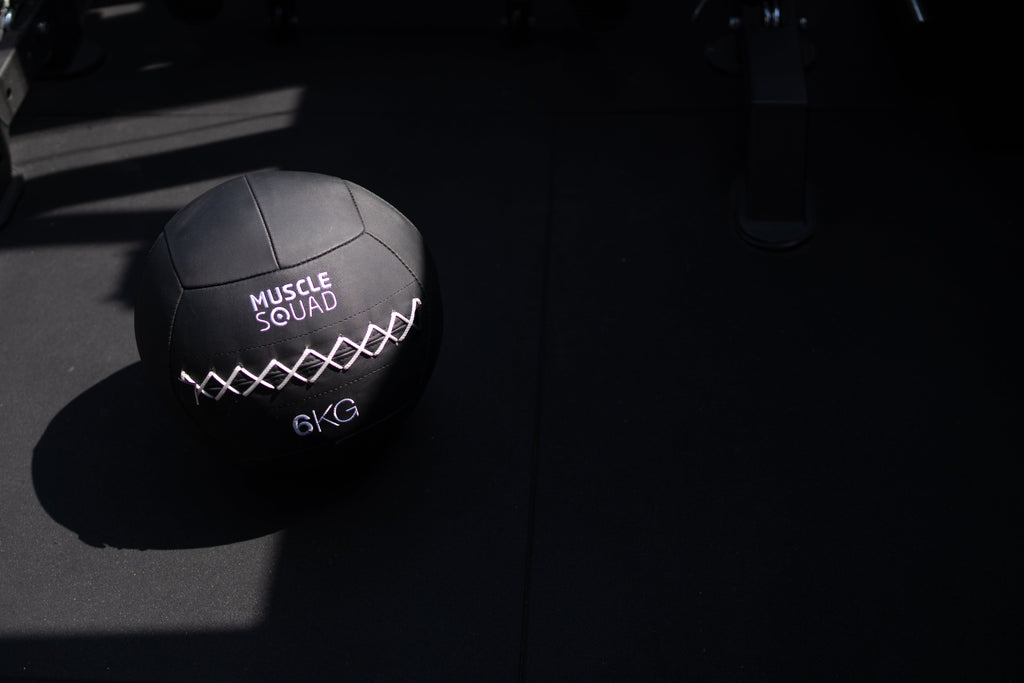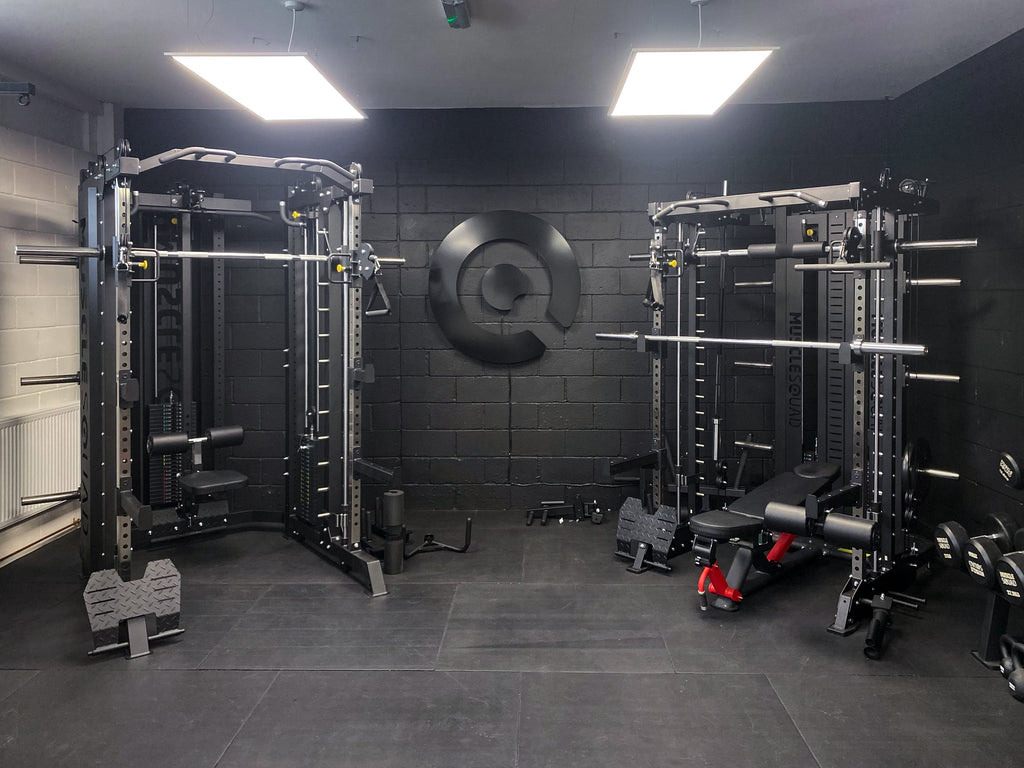A good, solid barbell is a staple in gyms around the world. It enables users to perform the ‘big three’ lifts of squats, bench press and deadlifts along with other compound movements like rows and overhead press. But what do you need to consider before actually buying a barbell for yourself?
We’ve been manufacturing gym equipment since 2017 and have helped thousands of people put their fitness first, so we have everything you need to know about barbells right here.
What is a barbell?
A barbell is long, knurled bar with two sleeves on either side to carry weight. Most of the time these sleeves will be two inches in diameter to fit the standard two inch weight plates that are used in competitions and commercial gyms, but one-inch barbells do exist as well for home training.
The main quality of a barbell is to be tough. In some cases users might be stacking 300kg+ on these bars, so a solid steel build quality is essential for safe training. Manufacturers will always list what a barbell’s max load is, so be sure to check this before purchasing so that you’re never at risk of overloading it.
What types of barbell exist?
Barbells are split into two main categories: 1-inch and 2-inch bars. This refers to the diameter of their sleeves, since a barbell’s main function is to bear a serious weight load.
Two-inch barbells
7ft Olympic barbell
The most common barbell is the standard 7ft Olympic bar. It weighs 20kg and is used by men in weightlifting competitions and is likely the bar in your local gym’s free weights section. Most commonly used for bench press, squats, deadlifts and bent over rows, this bar is all about building mass and size.
6ft Olympic barbell
The 6ft Olympic barbell has a slightly smaller footprint — especially in the sleeves. It weighs 15kg and is used by women in weightlifting competitions. Beyond that, though, it has some great uses in a home gym setting as the smaller length can help it fit in narrow spaces.
Trap bars
A powerlifter’s dream, the trap bar enables you to stand in the centre of your movement which reduces stress on your lower back, making it great to build strength through deadlifts, RDLs, farmer’s walks and shrugs.
EZ bars
Bicep and tricep annihilation — that’s the only way to describe an EZ bar. These bars have a curled design to be gentler on the wrists when lifting, and are a lot of people’s preferred choice for bicep curls and skull crushers.
Swiss bars
Made for the press — swiss bars are large barbells that have a series of different handles in the centre of the frame, allowing you to adjust your grip in pressing exercises like bench and overhead press. This can help you isolate different muscles and work in a position that’s comfortable for you. They’re especially good at reducing strain on the shoulders that some people might experience when working with a straight bar.
One-inch barbells
These bars are much less popular than their wide cousins and are only really used in home settings. Nevertheless, they’re a great starter bar and hey — if it gets you moving then it’s a win in our eyes.

MuscleSquad's Kai Tunstall training with the Super Curl Bar
Which barbell is right for me?
It all depends on what you’re looking to train with it.
For heavy compound exercises, you’ll need an Olympic barbell and some 2-inch weight plates to go with it. The type you get is up to you, with our bars coming with a max load of anywhere between 150kg on the lower end of the spectrum all the way up to barbells that can hold a whopping 680kg.
For isolation exercises, look for an EZ curl bar or, to get even more bang for your buck, our super curl bar. The super curl bar has a unique shape to let you not only EZ curl your way to bicep-mania, but also use a neutral—or hammer—grip. Trust us, it’s a game-changer.
For pressing, think about investing in a swiss bar. They’re a speciality bar so you want to make sure you’ll use it enough to get your money’s worth, but if you want to switch up your push days then we highly recommend one.
For lower body and core strength, it can only be a trap bar. These serious bits of kit are ideal for RDLs and conventional deadlifts, and are regularly used by footballers and professional athletes to train their balance and stabilisation muscles.
How much can I expect to pay for a barbell?
While the price you pay will depend on the type of barbell you go for and how heavy its load rating is, we can give you a benchmark to aim for.
A standard 7ft barbell sits around the £150 range while its 6ft variant comes in around £120.
EZ curl and super curl bars are slightly cheaper due to their smaller size. You can expect to pay between £70-£100 for one of these.
Speciality bars like a swiss bar or trap bar vary based on how much they weigh and what their load rating is, but at a minimum we’d expect one of these to be at least £180.
Finally, power bars and commercial-grade barbells with serious load ratings are likely to be north of £250.
Is a barbell worth it?
Absolutely. As our own personal trainer Elliot says: “I’m a firm believer that people could reach their physical goals with just a barbell.” It’s an essential piece of equipment for any gym space and opens the door to so many bilateral exercises.
So have a browse, see which bar meets your needs and we’ll see you in the gym. 👊

 Aug 05, 2024 - Cameron Brierley
Aug 05, 2024 - Cameron Brierley


Leave a comment: